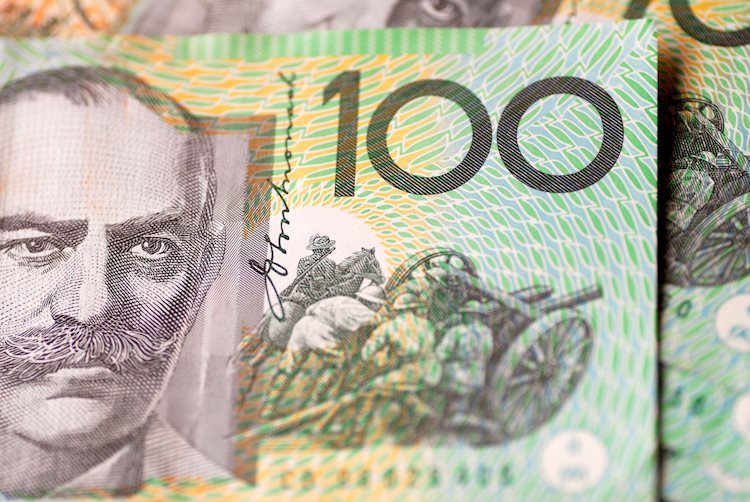The Australian Dollar (AUD) faced a decline against the US Dollar (USD) on Tuesday, with the AUD/USD pair struggling as US Treasury yields surged over 2% on Monday. This increase was driven by signs of economic strength and concerns about potential inflation resurgence in the US. The hawkish sentiment surrounding the Reserve Bank of Australia (RBA) could limit the downside risk for the Aussie Dollar, as positive employment data from Australia and support from China’s rate cuts play a role in bolstering the currency.
The US Dollar gained strength as recent economic data indicated no imminent rate cut by the Federal Reserve (Fed) in November. The CME FedWatch Tool suggests an 89.1% likelihood of a 25-basis-point rate cut in November, with no expectation for a larger 50-basis-point cut. Traders are eagerly awaiting upcoming Purchasing Managers Index (PMI) reports from both the US and Australia, which are set to be released on Thursday and could influence future monetary policy decisions in each respective economy.
The 2-year and 10-year US Treasury bond yields stand at 4.02% and 4.19%, respectively, highlighting continued market movements and economic outlooks. The Federal Reserve Bank of Minneapolis President, Neel Kashkari, emphasized a cautious approach to rate cuts, suggesting gradual reductions over the coming quarters. RBA Deputy Governor Andrew Hauser also noted surprise at strong employment growth and emphasized the importance of a data-driven approach by the RBA.
Recent changes by the People’s Bank of China (PBoC) in reducing Loan Prime Rates (LPR) are expected to stimulate China’s domestic economic activity and potentially increase demand for Australian exports. National Australia Bank revised its projection for the RBA, anticipating a rate cut in February 2025 and gradual decreases, with rates expected to reach 3.10% by early 2026. Positive economic data from both the US and Australia, including higher US Retail Sales and a surge in Australian Employment Change, have influenced market movements.
Technical analysis indicates a bearish outlook for the AUD/USD pair, with the pair trading near 0.6660 and below the nine-day Exponential Moving Average (EMA). Resistance levels may come at the nine-day EMA at 0.6700 and the 50-day EMA at 0.6734, while support levels include the eight-week low of 0.6622 and the psychological level of 0.6600. The daily chart also shows a bearish sentiment with the 14-day Relative Strength Index (RSI) below 50.
Factors influencing the Australian Dollar include interest rates set by the RBA, the price of Iron Ore, the health of the Chinese economy (Australia’s largest trading partner), inflation, growth rate, Trade Balance, and market sentiment. The RBA’s decisions on interest rates influence the AUD, with high rates supporting the currency. The health of the Chinese economy impacts demand for Australian exports and, in turn, the AUD. Iron Ore prices, Trade Balance, and market sentiment also play significant roles in determining the value of the Australian Dollar.











